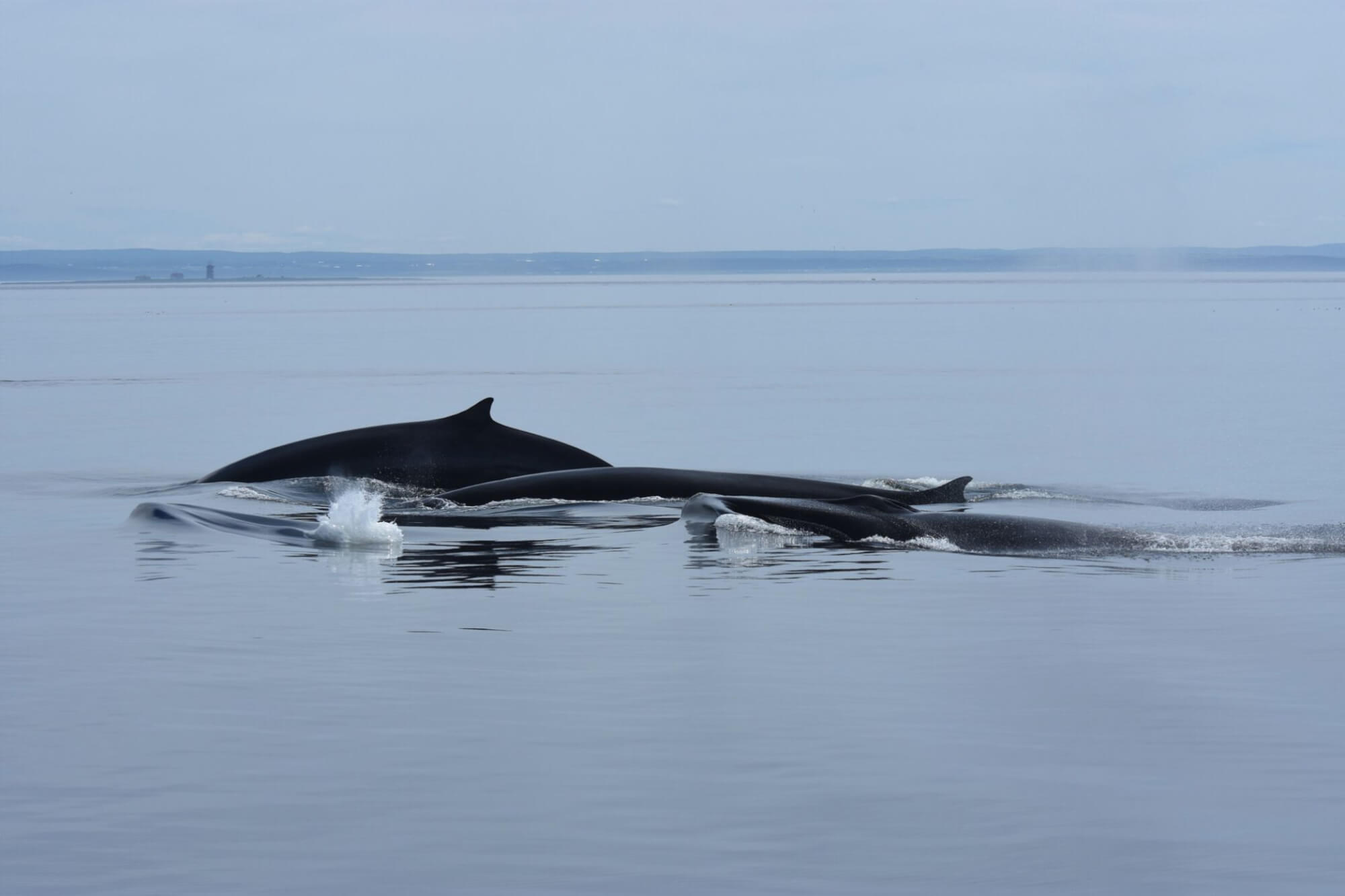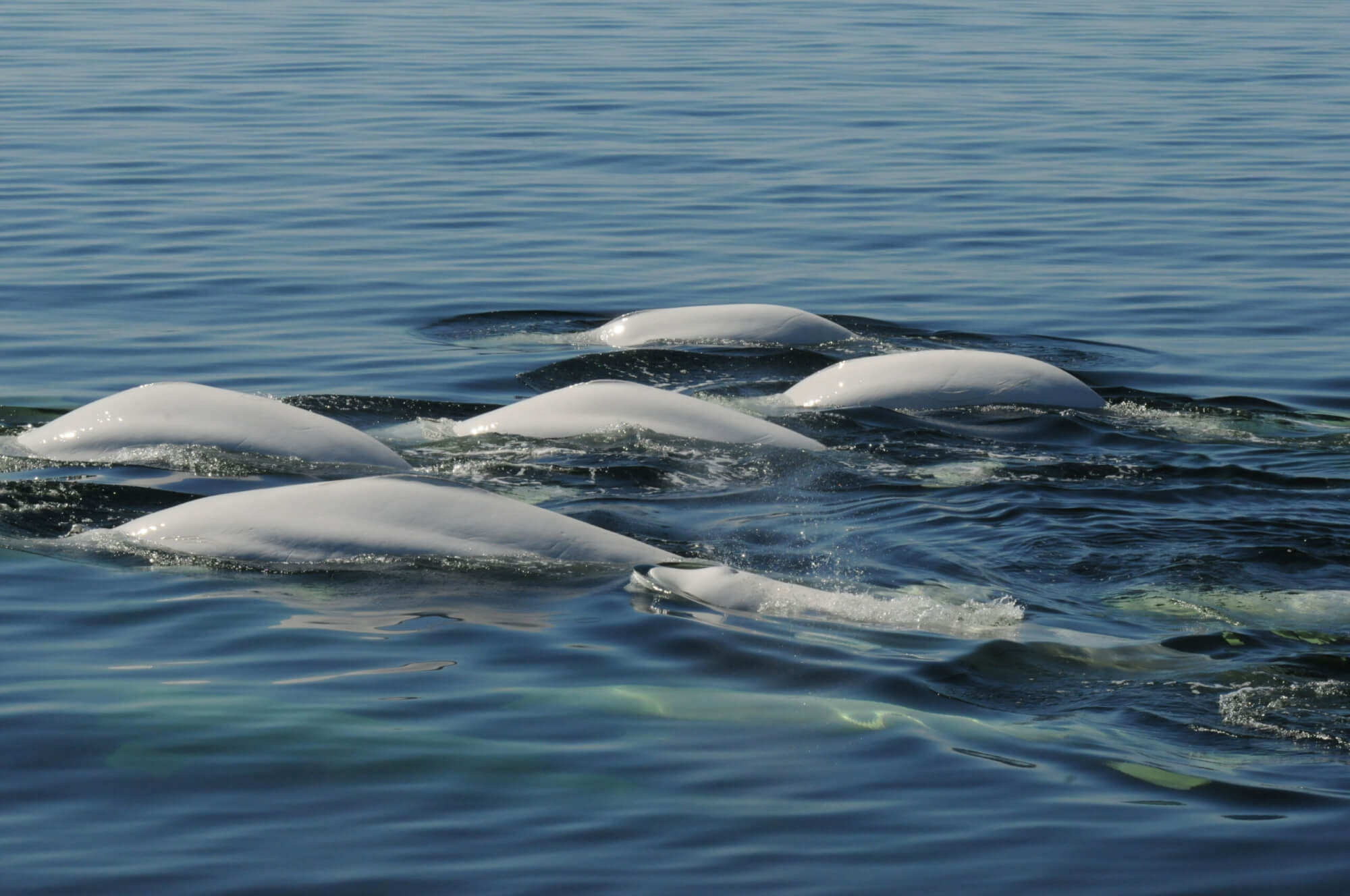Over thirty whales have been found dead off the coasts of Alaska and British Columbia in the past few months. According to the National Oceanic and Atmospheric Administration (NOAA), these deaths are unusual. The proliferation of a toxic alga might be to blame, though tests have been inconclusive. The toxic alga is believed to have formed in a warm water mass in the Pacific Ocean that is currently disrupting the marine environment.
Since May, carcasses of humpbacks, fin whales, gray whales and other unidentified cetaceans have been reported. NOAA has declared these mortalities unusual and has launched an investigation to identify the cause behind them.
The hypothesis of poisoning following a toxic algal bloom has been raised. Indeed, the presence of toxins, more specifically of dioic acid, was detected in a warm water mass nicknamed « the Blob« . Measuring 2000 km long and 1600 km wide, this water body is currently moving into the northern Pacific Ocean, stretching from Mexico to Alaska. At a temperature of 2-4°C higher than the rest of the ocean, « the Blob » would allow a toxic dinoflagellate alga to proliferate. Scientists at the University of British Columbia suspect that the proliferation of this alga has led to whale deaths through the phenomenon of bioaccumulation. Whales must engulf enormous quantities of prey to meet their needs, resulting in very high concentrations of the toxin. (link to question from the public) This warm water mass is also currently altering the marine environment. Fish remain far below the surface where the water is colder and become inaccessible to those organisms that normally feed on them.
The beached whale carcasses have often been found in hard-to-reach places, the relief of the region complicating any intervention efforts. For now, only one fin whale carcass has been analyzed and no evidence of contamination has been found. However, NOAA scientists stipulate that the specimen was not appropriate: the carcasses that were found were all in a state of decomposition too advanced to draw any conclusions.
NOAA put out an alert whereby any carcass must be reported so that actions can be taken as promptly as possible.
Learn more:
« The Blob » (in French)
On the Radio-Canada website (in French)





